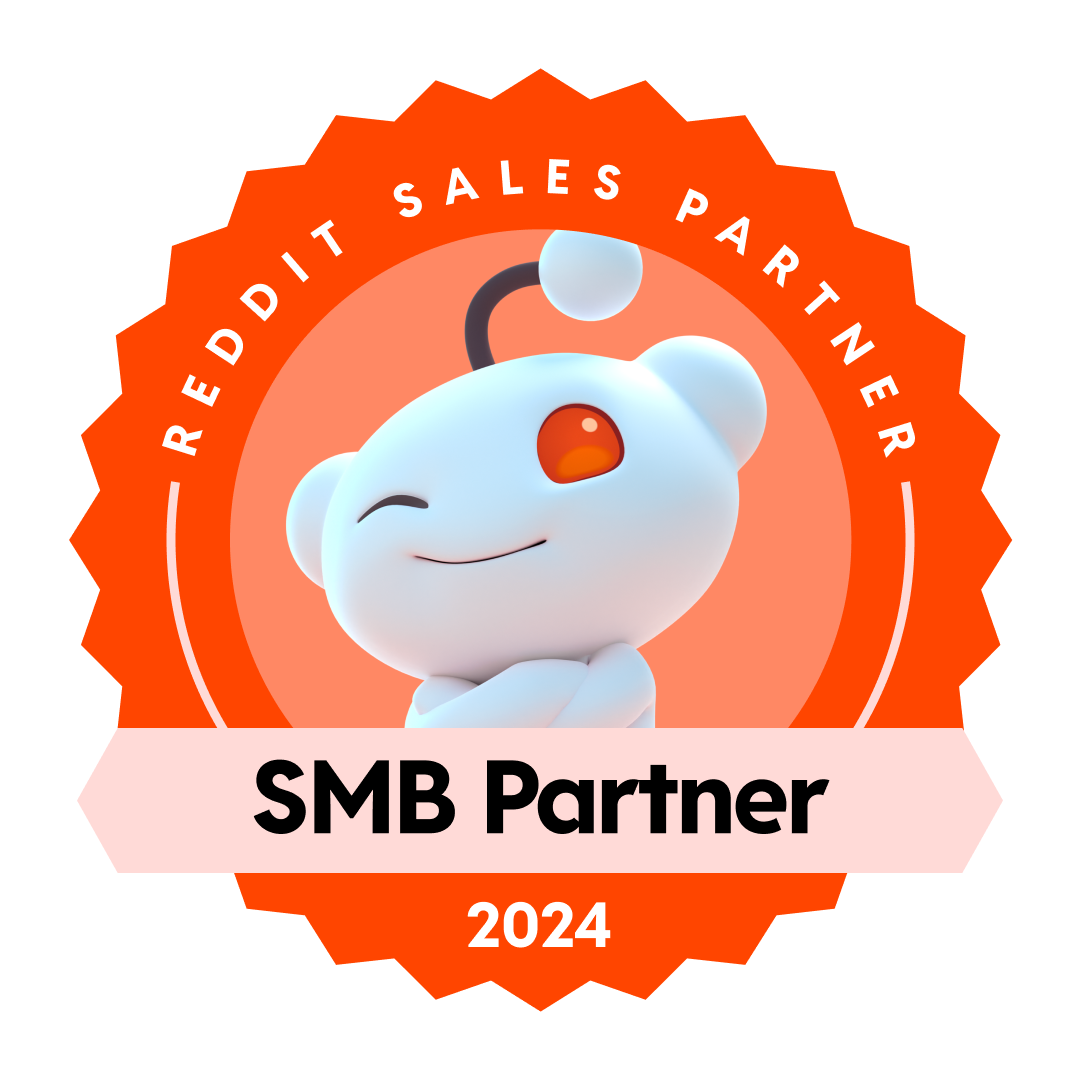Growth Marketing Examples and Best Practices
October 10, 2022
Growth marketing is more than an industry buzzword. It’s a new way to look at marketing, one from which virtually any business can benefit from. Growth marketing represents a transition from old-school marketing into newer, data-driven methods.
But at its core, beyond the actual marketing activities, growth marketing is a new way of thinking about advertising and what motivates the customer.
So, then, what exactly does growth marketing entail, and how can it help your business?
Growth Marketing Basics
The name “growth marketing” seems to be a bit of a misnomer at first glance. After all, what business doesn’t want to grow through its marketing? But growth marketing has a different focus than conventional marketing.
Traditional marketing has always had an outward view. Advertising techniques like newspaper ads, billboards, and even email blasts prioritize getting the word out above all else. In a way, it doesn’t matter who sees the message — in this outward mentality, any eyeballs on the ads are good publicity for the company.
While there’s still a place for this type of approach in the modern era, today’s customer requires a more sophisticated approach. Why? Because there’s so much advertising out there, and consumers are very good at tuning most of it out.
Instead of being thought of as numbers, people want to feel that they’re being catered to as individuals. Increasingly, they want to feel like they’re a part of something. They don’t want to be just another customer — they want to be valued as unique individuals.
Growth marketing aims to give people exactly what they want, both in terms of how they’re marketed towards and how the company presents itself. Growth marketing is a constantly evolving concept that focuses on where individual consumers are right now.
The goal isn’t to advertise to as many people as possible. Instead, growth marketing is centered on taking the right approach to the right consumer, at the right time, so that they’ll be motivated to buy and recommend the company to others.
One massive difference between growth marketing and the marketing tactics of yesteryear is the continuous incorporation of consumer feedback. The reason why growth marketing is so effective is that it consistently takes in data from customers and adjusts accordingly. This enables businesses to market at a more granular level.
As a result, consumers hear what they need to move forward down their path to purchase, content with the knowledge that they’re receiving individualized marketing messages that apply directly to them.
Growth Marketing Examples
With the basis of growth marketing in place, let’s take a look at some examples of what growth marketing campaigns typically include. Some campaigns incorporate all of these methods, while others use a few of these in conjunction with some entirely different strategies.
Testing
One reason why the traditional marketing techniques of the past don’t work with growth marketing is that they’re static pieces of marketing. They exist as is. They can’t be changed, and they’re put out there once and remain that way forever. In growth marketing, though, marketers should take full advantage of the testing capabilities that exist on the Internet.
The idea behind testing is simple. Even the best laid plans don’t mean anything if they don’t generate a response from the desired audience segments. Testing helps businesses to make sure they’re getting everything they can out of all of their marketing materials.
Social media posts, call-to-action buttons, email subject lines, and countless other aspects of advertisements are subject to A/B testing.
When marketers test using growth marketing, they don’t just go with the option that yields a better response. They take the lesson learned from that experiment and put it back into their never-ending feedback loop so that they can make a more educated choice next time.
This helps marketers to develop better options to test so that they can get closer to optimizing their approach every time.
Multi-Channel Marketing
Technically speaking, older marketing campaigns did use multiple channels. However, growth marketing utilizes multichannel marketing in a cohesive way in which one builds on another, in an attempt to engage the audience at each step and meet them where they are.
This multichannel approach works for two reasons. First, it moves consumers through the funnel and tracks their activity throughout. Second, that tracking helps the company to monitor consumer activity throughout every touchpoint, tying all of their data together.
This is accomplished through actions that involve multiple channels, such as an in-store QR code that leads to the company website, or a text message that links to a social media post. Best of all, companies can see what really drives consumer behavior and achieves the types of conversions you’re seeking.
Scalability
Growth marketing is all about expanding the business. It doesn’t matter where a company is starting from. It just matters that they’re striving to improve and that they’re doing so the right way — by putting the customer first.
The core concepts of growth marketing can be applied in virtually any situation. What’s more, the insights gleaned from growth marketing are always useful. While it’s true that consumers change and various market segments are different, the methodology used to learn about those individual customers can be incorporated in all situations.
As long as you have a steady feedback loop and a way to put that consumer data to good use, you can use growth marketing to get the most out of your advertising, no matter how big or small your organization may be.
Growth Marketing Best Practices
Though the actual marketing actions may vary from business to business and campaign to campaign, there are some underlying themes that are always present in growth marketing.
If your company is looking into growth marketing but isn’t quite sure where to start, these three concepts are the perfect growth marketing tools to focus on first.
Customer Service
Every business should strive for top-notch customer service at all times. However, growth marketing puts a unique slant on customer service. It’s about more than simply answering emails and being nice to shoppers.
In growth marketing, customer service also means gathering data points from each interaction. Customer service tracks the issues people are having, conducts surveys to get quantifiable feedback, and provides incentives to encourage consumers to take action.
A good growth marketing business will entice shoppers through exclusives they can’t get anywhere else. One example of this is a loyalty program with rewards that people actually want, rather than perks that the company thinks consumers desire.
And how does the company know what those customers want? Through constant data mining and the refining of their loyalty programs. This relentless dedication to customer service and incorporating data is a microcosm of growth marketing as a whole.
Data Collection and Onboarding
The concept of converting customer service data into tangible data is something that’s applicable to all levels of the organization. Growth marketing is synonymous with tracking the voice of the consumer — even when that voice isn’t saying anything.
A good growth marketer will attempt to discover why customers aren’t interacting with the company, and then do whatever is necessary to get that individual to take action.
A major contributor to the ability of growth marketers being able to track so much starts at the very top of the customer journey. Onboarding — the process of bringing a new customer into the fold — consists of a registration process that allows the company to track these consumers across all of the company’s marketing arms.
A website registration, for instance, could prompt customers to follow the company on social media, sign up for email alerts, and download the company app. From the very beginning, the organization can monitor that customer’s activity, and the marketing team can use all data collected from that customer to refine their approach and optimize their promotions.
Internal Flexibility
One potential issue brought about by data-driven marketing is that the numbers don’t always match up with the company’s internal vision. When that happens, the business has to be willing and able to change course, quickly.
Growth marketing cannot exist in an organization without flexibility. In growth marketing, the customer has the final say, and that voice is always heard through data and through continuous customer service.
Marketers in this environment always know what customers are thinking, and the company as a whole must always be ready to pivot at a moment’s notice to deliver what people want. Failure to do so means being left behind because consumers will switch allegiances just as quickly.
In many ways, growth marketing utilizes the best parts of digital marketing to its maximum potential. It’s an all-encompassing strategy that’s designed to grow your audience as quickly as possible. If you’d like to learn more about how growth marketing can benefit your organization, contact us at Commit Agency today.




























